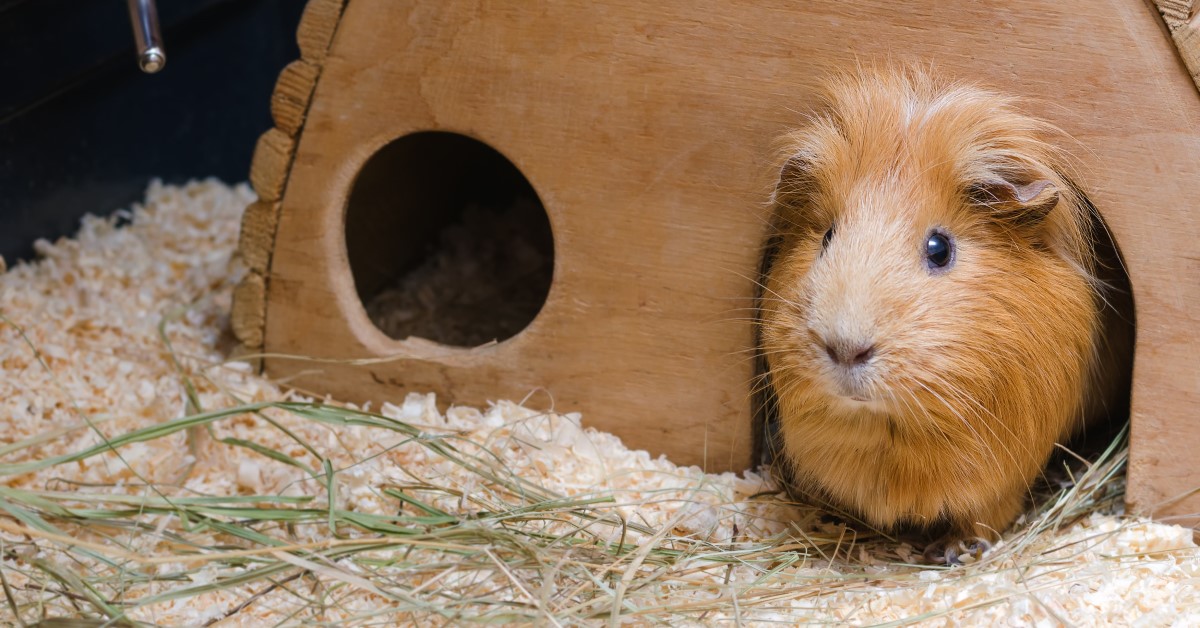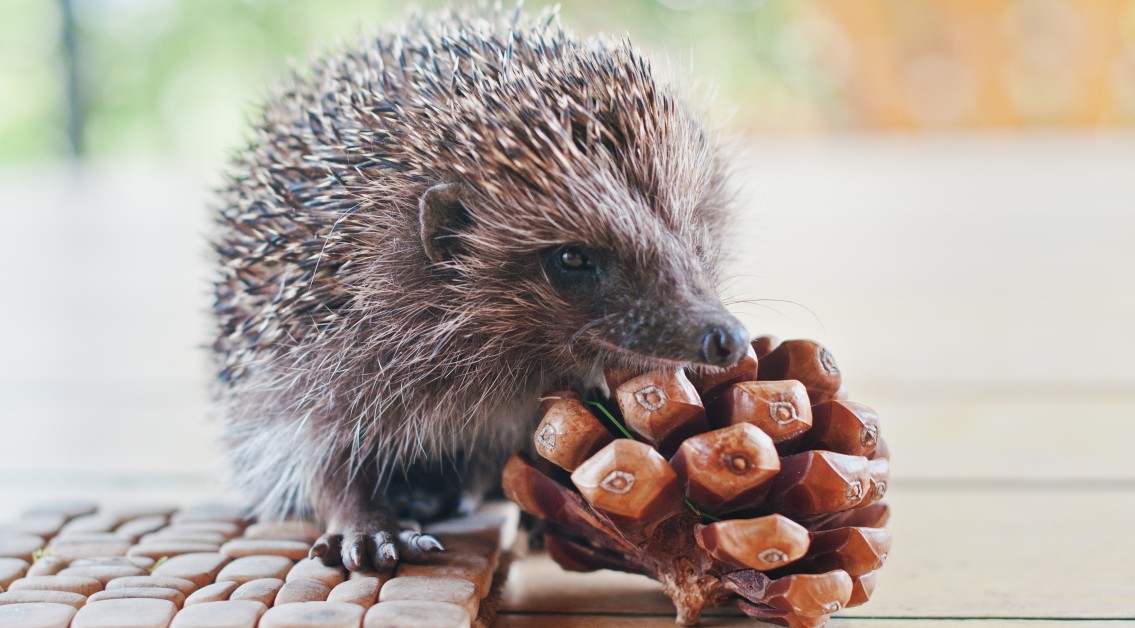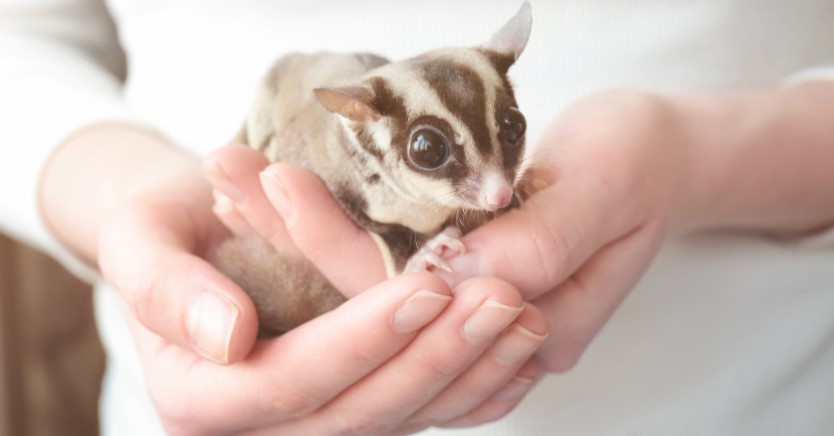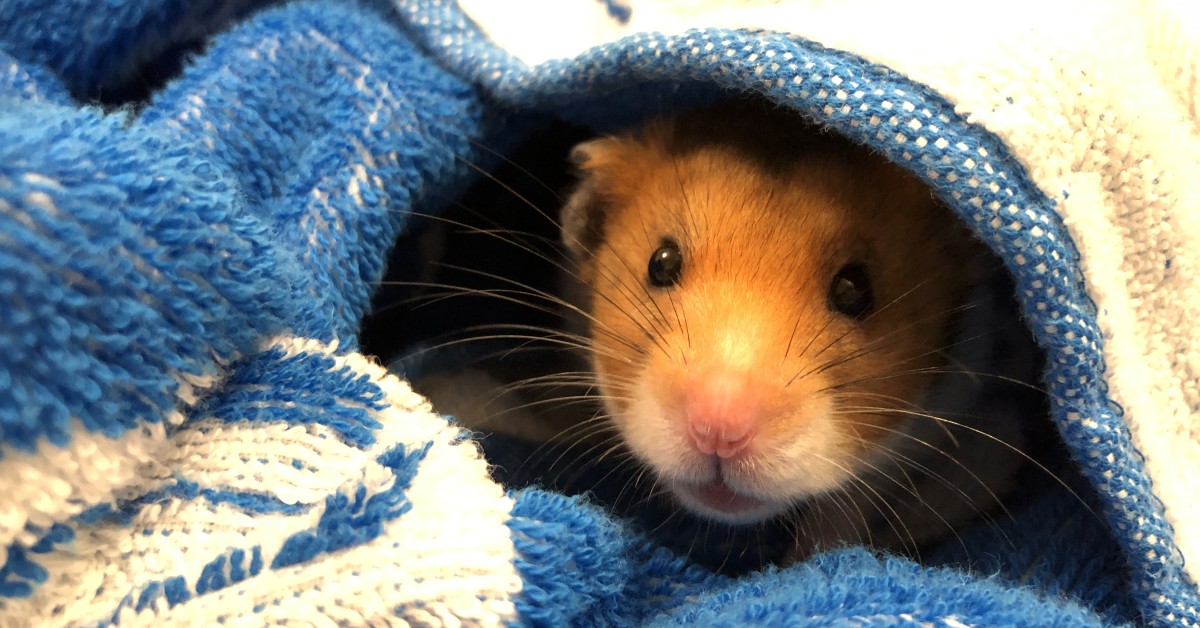A Guide to Common Guinea Pig Sounds & Behavior
Guinea pigs can be quite expressive and vocal animals that exhibit a wide variety of behaviors.

Guinea pigs are fascinating creatures that can make excellent companions if well cared for and trained. These small, gentle, and easily tamed rodents may appear skittish at first, but quickly adapt to new surroundings and people.
If you’re a new guinea pig owner, you may be unfamiliar with common guinea pig behavior. Understanding what these behaviors mean and how to respond is important to ensure that your guinea pig feels safe, comfortable, and stress-free around its home and family.
Guinea Pig Sounds and Vocal Communication
Guinea pigs can communicate with their owners and cage mates vocally using a variety of calls and sounds. Some of the most common vocalizations by guinea pigs include:
1. Purring
Similar to cats, guinea pigs can create a purring sound, typically when they feel relaxed and content. This gentle vibrating sound signifies that the animal is happy. However, some purring sounds may be short and abrupt, indicating that your guinea pig is scared.
2. Whistling
When excited, a guinea pig may let out a high-pitched squeal or whistle. This whistling sound may be in anticipation of playtime or a feeding. If your guinea pig makes a squealing sound that is distressed, it may mean that it is unhappy or fearful, such as if the guinea pig is being bullied by its cage mates.
3. Chattering
Some guinea pigs will make a chattering noise by rapidly chattering their teeth. This type of noise can be interpreted in several ways. Chattering can be used by guinea pigs as a warning sound between cage mates. However, chattering could also be a way for your guinea pig to tell you he wants something, such as a treat.
4. Hissing
Guinea pigs can make hissing sounds, similar to other animals when distressed. This hissing sound typically means that your guinea pig is angry. Guinea pigs that are new to a household or have not yet had sufficient social interaction may hiss due to fear.
5. Chirping
Chirping is another common sound made by guinea pigs. This unique sound may be made by your guinea pig as they remain still in a trance-like state. This odd behavior is not yet well understood but is fairly common in guinea pigs that have lost a partner.
Guinea Pig Body Language
In addition to having unique vocalizations, some guinea pigs may use body language to express how they’re feeling. Some common forms of body language in guinea pigs include:
1. Ear Position
The position of your guinea pig’s ears can tell you a lot about their emotional state. When a guinea pig has its ears erect, it usually indicates that they are alert. This could occur if they hear a loud sound or see something that gets their attention. When the animal’s ears are flattened, it could suggest aggression or fear.
2. Posture
Pay close attention to your guinea pig’s body posture. When relaxed, a guinea pig will generally be in a comfortable and loose posture in which the animal appears at ease. A tense guinea pig may tuck in its head or hunch its back.
3. Licking
Similar to cats and dogs, guinea pigs may use their tongue to lick their owners. If your guinea pig is licking you, it’s usually an indication that they are trying to groom you. This may occur when you have formed a close bond with your pet.
4. Biting
Biting is a negative behavior in guinea pigs who feel threatened or fearful. Before biting, a guinea pig may “warn” you of its discontent, such as by hissing or fidgeting. Biting is not usually an aggressive behavior but is done out of anxiousness or feeling scared about being in a new environment or around new people.
5. Mounting
If you have more than one guinea pig in a cage, one may display mounting behavior. Mounting is a common behavior in guinea pigs that occurs when one rodent tries to establish dominance over another. Mounting can also be performed for mating purposes.
6. Popcorning
Popcorning is a common guinea pig behavior that occurs when a guinea pig jumps and twists its body in the air. This behavior indicates that the guinea pig is happy and excited. It is more common in young guinea pigs but may be seen in guinea pigs of any age.
7. Barbering
Barbering occurs when a guinea pig trims or chews the fur of another guinea pig. This strange behavior may be a sign of stress, dominance, or boredom. Providing your guinea pig with ample enrichment activities, such as tunnels or toys, can help reduce the likelihood of barbering in multi-guinea pig cages.
8. Nose Touching
Guinea pigs rely on their sense of smell for a wide range of functions. If you find that your guinea pig is constantly bumping you with its nose, it’s usually because they smell food on you or are simply being friendly to get attention.
Understanding Your Guinea Pig
Guinea pigs are fascinating creatures that use many unique vocalizations and body language behaviors that help their humans better understand how they feel. By getting to know your guinea pig and forming a bond through love and understanding, you can enhance your pet’s overall health and well-being.
Ready to start saving money on pet wellness care?
Then take a look at Mint Wellness, the pet wellness plan that provides fast reimbursement on routine pet care. Save on vaccinations, wellness exams, preventatives, dental, and more!
Learn More


